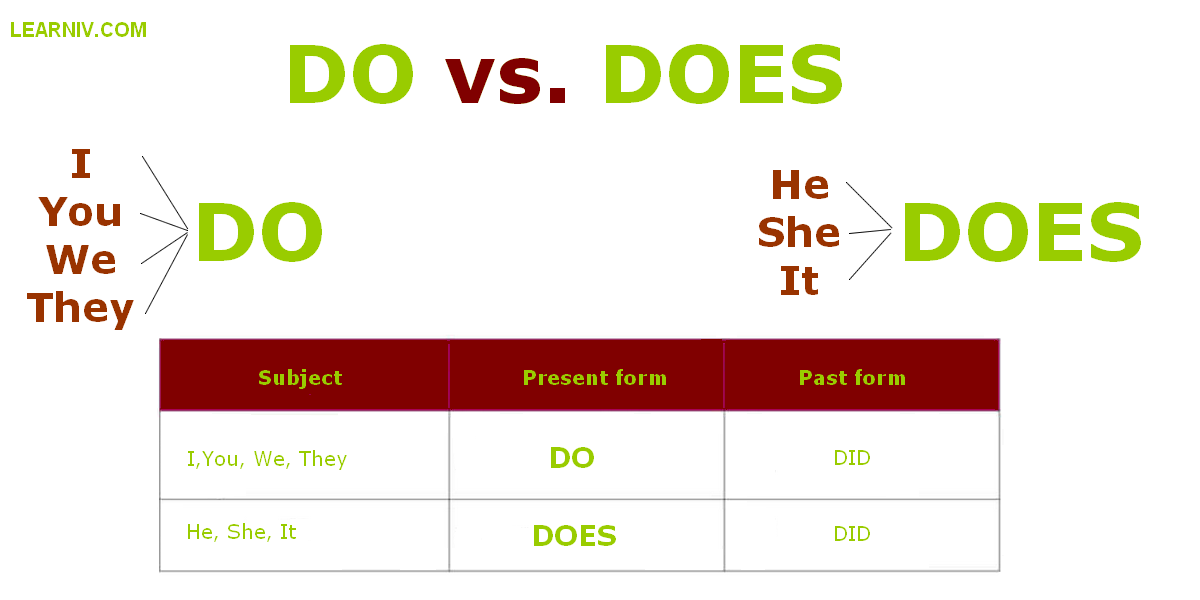Understanding Capital Investment in Suarez Farms: Identifying the Key Financial Elements
Introduction: The Importance of Capital Investment in Farming Operations
Understanding where capital is invested in an agricultural business like Suarez Farms is essential for both effective financial management and long-term growth. Capital investment can take several forms, including land, equipment, infrastructure, and cash contributions. Recognizing which part of the business reflects these investments is crucial for owners, potential investors, and anyone involved in farm management. This article will clarify which part of Suarez Farms represents the capital invested in the business, using practical examples and industry best practices. You will also find step-by-step guidance on tracking, reporting, and optimizing your farm’s capital investment.
What Is Capital Investment in a Farm Business?
Capital investment refers to the resources-financial or otherwise-that owners put into a business to generate value and enable operations. For Suarez Farms and similar enterprises, these investments typically include land, machinery, buildings, livestock, and working capital. Understanding and managing capital investment is foundational for making informed decisions about expansion, risk management, and succession planning.
Identifying the Capital Invested: Owner’s Equity and Tangible Assets
In farm accounting, the Owner’s Equity section of the financial statements represents the capital invested in the business. Specifically, this area shows the owner’s initial and subsequent investments, along with retained earnings and any additional contributions. Owner’s Equity is considered the true indicator of how much capital the owners have put into the business, as it reflects the net assets after liabilities are subtracted from total assets. According to financial accounting resources, “the correct part of Suarez Farms’ financial statements representing the capital invested in the business is ‘Owner’s Equity,’ as it directly shows the owner’s share in the business” [2] .
However, capital investment can also be observed in the tangible assets owned by the business, such as farm equipment and land. For example, “the capital invested in the business is represented by the farm equipment the Suarez family owns. This equipment is a tangible asset that contributes to the production process and is a direct result of owner investment” [5] .
Main Types of Capital Investment in a Farm Business
For a comprehensive understanding of capital investment at Suarez Farms, consider these main categories:
- Land : The farmland owned by Suarez Farms represents a significant portion of capital investment, as land is typically the most valuable asset on a farm’s balance sheet.
- Equipment : Tractors, harvesters, irrigation systems, and other machinery are capital assets that require substantial upfront investment and ongoing maintenance.
- Buildings and Infrastructure : Barns, storage facilities, greenhouses, and irrigation systems are capital improvements that increase the farm’s operational capacity and value.
- Livestock : For farms engaged in animal husbandry, livestock can represent a major capital investment.
- Working Capital : This includes cash and other liquid assets used to fund day-to-day operations, such as purchasing seeds, fertilizers, and paying labor.
Each of these categories contributes to the overall value of the business and is typically reflected in the assets section of the balance sheet, while Owner’s Equity shows the net capital invested after liabilities are accounted for.
How to Locate Capital Investment on Farm Financial Statements
To find the capital invested in Suarez Farms, review the following areas in the business’s financial statements:

Source: getbild.com
- Balance Sheet : Look for the Owner’s Equity section, which summarizes initial investments, retained earnings, and any additional capital injections. This figure represents the net investment by the owners [2] .
- Asset Listings : On the asset side, review the value of land, equipment, buildings, and livestock. These tangible assets are a direct result of capital investment and may be itemized for clarity [5] .
- Notes to Financial Statements : These provide additional detail on asset acquisition, depreciation, and any changes in ownership structure.
For a more in-depth understanding, consult guides on farm business structure and management. For instance, resources from agricultural extension offices and business development centers can offer templates and walkthroughs for interpreting financial statements [3] .
Setting Up and Managing Capital Investment in Your Farm Business
Whether you are just starting Suarez Farms or looking to optimize your existing structure, managing capital investment involves several key steps:
- Choose the Right Business Structure : Decide whether your farm will be a sole proprietorship, partnership, corporation, or LLC. Each structure impacts how capital is invested, managed, and taxed. For example, in a sole proprietorship, the owner and business are legally the same entity, making all investments directly attributable to the owner [3] . More complex structures, such as corporations or partnerships, allow for shared investment and ownership [1] .
- Document All Capital Contributions : Keep detailed records of all funds, assets, and resources contributed to the business. This includes purchase receipts, land deeds, and equipment invoices. Accurate documentation is vital for tax purposes and for tracking ownership stakes.
- Regularly Update Asset Values : Farm assets such as land and equipment can fluctuate in value. Update your balance sheet regularly to reflect depreciation, appreciation, and new acquisitions.
- Review Financial Statements Annually : Conduct a yearly review of your balance sheet, income statement, and cash flow statement. This helps assess the return on capital investment and identify areas for improvement.
Practical Example: Capital Investment at Suarez Farms
Consider the following scenario to illustrate how capital investment is reflected at Suarez Farms:
Suppose the Suarez family purchased 50 acres of farmland, several tractors, and built a storage facility, all funded by a combination of personal savings and a business loan. On the farm’s balance sheet, the land, tractors, and facility appear as assets. The portion paid for with personal savings appears in the Owner’s Equity section, while the loan is recorded as a liability. Over time, as the loan is repaid and profits are retained in the business, Owner’s Equity grows, reflecting the increased net investment by the owners.
If the Suarez family decides to incorporate, they will transfer these assets into the new business entity and receive shares or ownership interests in return. This process creates a clear record of capital investment and provides a framework for future growth or succession planning [1] .

Source: instrumentationtools.com
Challenges in Tracking and Managing Capital Investment
Farm businesses face several challenges in tracking and managing capital investment:
- Asset Valuation : Determining the current value of land, machinery, and buildings can be complex due to market fluctuations and depreciation.
- Record-Keeping : Maintaining accurate and up-to-date records is time-consuming but necessary for compliance and decision-making.
- Business Structure Changes : Transitioning from a sole proprietorship to a partnership or corporation requires careful planning to ensure capital contributions are documented and ownership interests are clear [4] .
- Succession Planning : As the business grows, planning for generational transfer of ownership becomes essential. This involves updating ownership records and ensuring capital investments are fairly recognized.
To overcome these challenges, you can consult with agricultural accountants or business advisors who specialize in farm management. They can help you set up robust financial tracking systems and provide guidance on optimizing your capital structure.
Alternative Approaches and Additional Resources
There are various ways to manage and optimize capital investment in a farm business:
- Leasing vs. Owning Assets : Some farms choose to lease land or equipment to preserve cash flow and reduce initial capital outlay. While this approach lowers upfront investment, it may result in higher long-term costs.
- Pooling Resources in Partnerships : Forming partnerships or cooperatives with other farmers allows for joint investment in equipment or infrastructure, spreading risk and reducing individual capital requirements [4] .
- Accessing Grants and Loans : Many government agencies and agricultural organizations offer grants, low-interest loans, and technical support for capital investments. To explore these options, visit your local agricultural extension office or search for official programs through the U.S. Department of Agriculture (USDA). You can search for “USDA farm grants and loans” to find relevant opportunities and eligibility requirements.
Steps to Access Capital Investment Resources
To access resources or clarify questions about capital investment in your farm business, consider the following steps:
- Contact your local agricultural extension office for guidance on business structures, record-keeping, and financial management.
- Consult with a certified agricultural accountant to set up or review your financial statements and ensure your capital investments are appropriately recorded.
- Research government programs for farm capital investment by searching “USDA farm programs” or “agricultural business grants.” Use the official USDA website or contact your state’s Department of Agriculture for the most current information.
- Attend local or online workshops on farm financial management to stay updated on best practices and regulatory changes.
Key Takeaways
- The capital invested in Suarez Farms is most accurately represented by the Owner’s Equity section of the financial statements.
- Tangible assets like equipment and land are also direct results of capital investment and should be tracked carefully.
- Choosing the right business structure, maintaining accurate records, and reviewing your financials regularly are essential for effective capital management.
- Resources for improving your capital investment strategy are widely available through local extension offices, agricultural accountants, and official government programs.
References
- [1] Center for Rural Affairs (2020). Ownership Structures for Your Farm or Ranch. Detailed overview of farm business structures and ownership interests.
- [2] Pearson (2025). Which part of Suarez Farms’ financial statements represents the capital invested in the business?
- [3] Kentucky Center for Agriculture and Rural Development (2025). Structuring Your Farm Business: An Overview for Ag Businesses.
- [4] Gislason & Hunter LLP (2022). Choosing a Business Structure for Your Family Farm.
- [5] GauthMath (2024). Which part of Suarez Farms represents the capital invested in the business?



